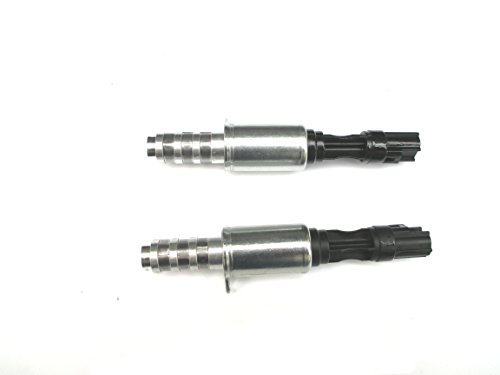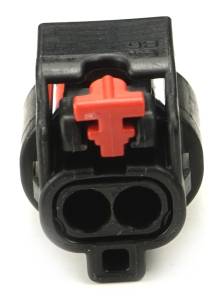
If you notice decreased fuel economy, chances are that the variable valve timing sensor or some other part of the VVT system is failing. Any malfunction here can cause a waste of fuel or a dip in performance. The function of the VVT is to control the open and shut timing of the valves so as to maximize fuel economy. When this symptom is ignored, it can cause premature wearing out of the engine. It is primarily because the engine’s RPM fluctuates as the VVT starts working. This very phenomenon manifests itself in the rough idling of the engine. The passing of additional oil to the VVT gears is a possibility if the system is not working properly. If you see dirty engine oil, chances are that the VVT solenoid system is going out of order. This can also cause clogging in the variable valve timing solenoid system, thus also clogging the chain and the gear. When the oil has a lot of impurities, it loses viscosity. The VVT solenoid system performs best with clean engine oil. This is one of the variable valve timing solenoid symptoms that are also the cause. Variable valve timing solenoid failure due to engine light (Photo: ) 2. They can certainly help you diagnose the problem and reset the check engine lights. If this happens, you must contact your car service provider and have an ASE-certified mechanic check it. So, in case of an impending variable valve timing solenoid failure, it is due to warn you with a check engine light. It can, in fact, practically monitor all the individual parts of the car. This is the thing about modern cars the ECU or engine control unit starts to warn you as soon as it finds some problem in the engine. Here are the symptoms that you must look out for to know that the VVT solenoid is failing or is not functioning well: 1. Symptoms of a Bad or Failing Variable Valve Timing Solenoid When this problem occurs with Variable Valve Timing Solenoid, many symptoms are bound to manifest this fault.

In case this VVT solenoid goes out of order, improper lubrication can cause a lot of damage and disruption to the gear and the timing chain. It is a system that uses electronic technology to apply variable electronic systems through a variable valve timing solenoid. This is what allows just the right amount of oil supply, this allows the engine to give great and fuel-efficient performance.

In modern cars, VVT systems are used to improve performance and fuel economy by altering the valve lift event. The VVT or variable valve timing is and always will be one of the most noted breakthroughs in the history of automotive innovation.


 0 kommentar(er)
0 kommentar(er)
